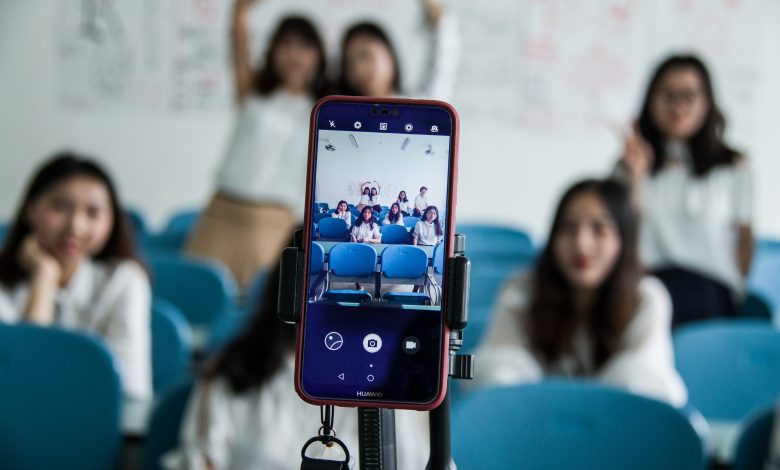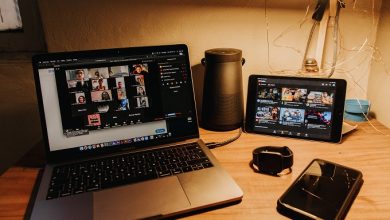Op-Ed: How to deliver high-impact remote learning experiences
The COVID-19 crisis has permanently changed the way we live, work and learn.

Some of these changes, which forced schools and businesses to adopt new technologies and new methods, are here to stay. But they bring with them great advantages for the future of learning.
Here’s how to leverage the pandemic “digital revolution” to deliver high-impact remote learning experiences going forward:
Break down silos
Traditionally many schools have had a separation between the IT department and the teaching staff. As classrooms become increasingly digital, a more collaborative and cooperative approach is needed. This involves giving both staff and students input into the features they need for learning platforms and classroom technology. IT has to make remote teaching easy for the less tech savvy staff and fully integrated into the teacher’s work flow in their daily routines. Students need to have a great remote learning experience to drive participation and interactions.
Assess individual needs
One of the benefits of learning technology is being able to more easily and accurately assess individual learning needs, and adapt learning content accordingly. This data should also be expanded to include specific needs and capabilities when it comes to technology.
Many families struggled to provide enough devices for remote learning students, with multiple children often forced to share a single-family computer – that a work-from-home parent might also have needed. As the use of technology increases, it’s important to deliver learning that students can actually manage to participate in and arrange contingency plans for any issues.
Curate the best sources
Even before the move to online, students have increasingly used online sources rather than libraries and textbooks for research.
A study of first-year medical students at the University of Melbourne found that many students were using Google and Wikipedia more frequently than the university library or Google Scholar. This has the potential to be problematic if these sources are infected with misinformation, or don’t apply to specific geographies: for example, a student getting US rather than Australian-focused search results. Students were also more likely to select learning resources based on peer-recommendation rather than teaching staff. Schools should curate a library of suggested links and online resources to help students navigate digital materials.
Keep backup systems going
Emergency systems used for the lockdown should be kept current. There’s no knowing when an overnight crisis might reoccur, requiring a quick switch back to remote learning. Some schools have already used remote learning for other instances, for example, one primary school in North Sydney scheduled a remote learning day for certain classes when their classrooms needed to be moved to a new school building.
Some schools have retained Google Classroom for homework assignments. Ensure that backup learning systems are always ready to roll, to avoid interruptions and discontinuity.
Deploy suitable equipment
School budgets are often stretched, but the pandemic has demonstrated that some priorities had have to be readjusted. Funding for IT equipment may need to take precedence over certain other projects. With virtual classrooms and online classes, connection speed, audio and video quality are paramount. Clearer visual cues help people retain more information.
Studies have found that nearly half of virtual meetings have hardware or software technical issues, with background noise and audio quality issues frequent problems. Supplying students and staff with dedicated headsets – which can also help protect against noise-induced hearing loss (NIHL) – and specialised videoconferencing equipment may need to be a priority.
By leveraging the best and most appropriate technology, schools can create next-generation learning experiences that will help administrators and leaders in the classroom, online, and hybrid teaching, as well as help students to stay engaged, feel connected, and remain focused on learning.







